

A casket of culture created thanks to the donations of illustrious private collectors: the museum fund of the Castello Ursino

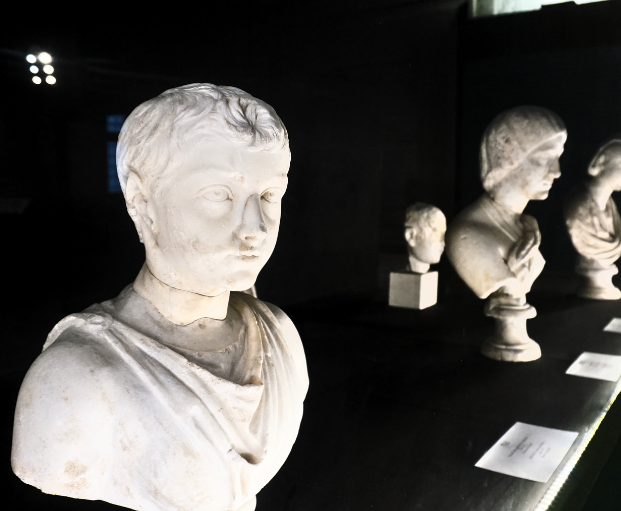
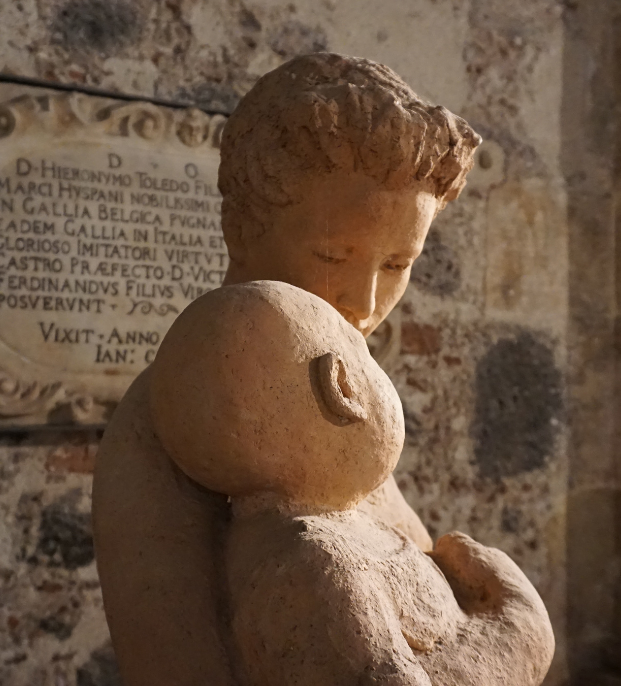
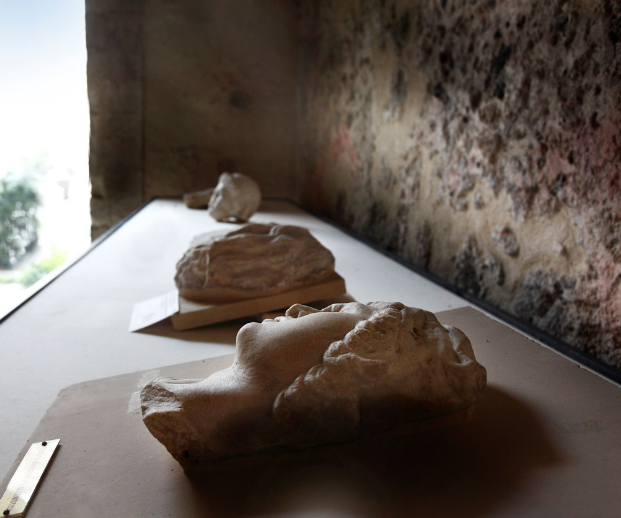



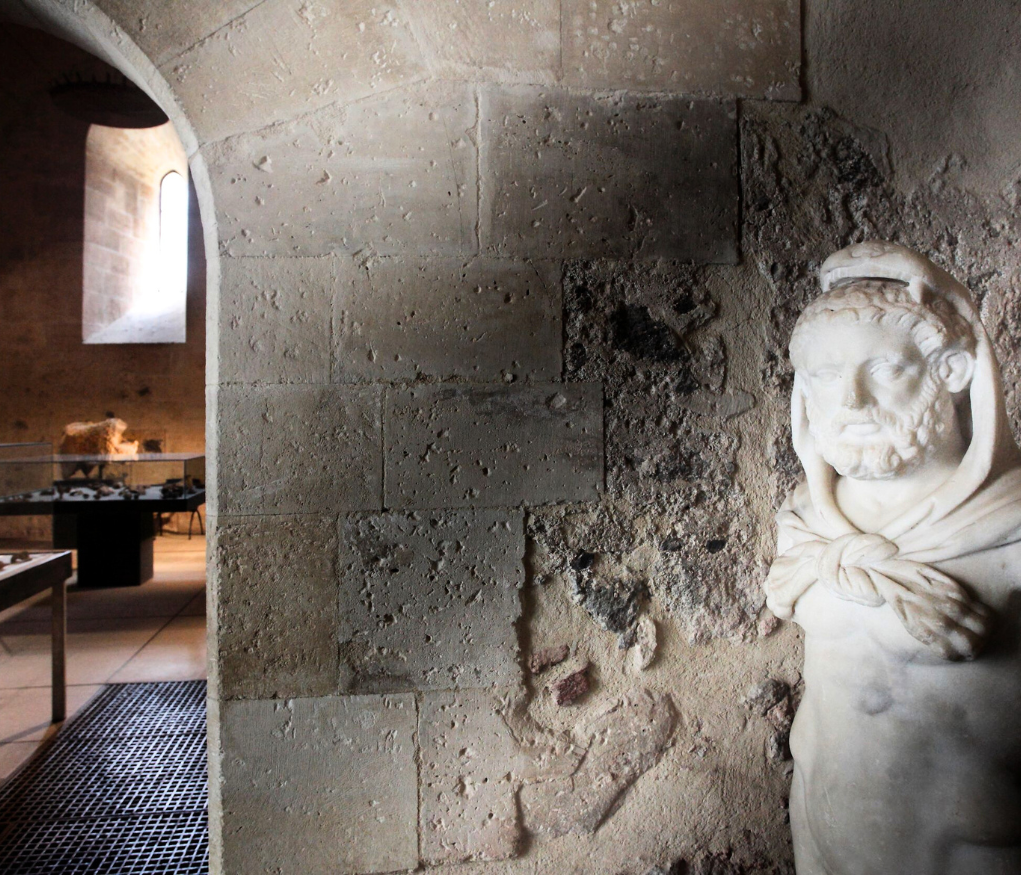
REUNITED MUSEUMS
The Civic Museum was created thanks to the donations of illustrious private collectors from Catania and therefore represents a testimony to the cultural history of the city.
On 20 October 1934 the Ursino Castle became the seat of the "Musei Riuniti" (Reunited Museums) and was inaugurated in the presence of King Vittorio Emanuele III. This exceptional event was possible because, at the same time of the restoration, the artworks from the collections were catalogued by the archaeologist Guido Libertini, in 1930, directly in the rooms of the museum of Prince Ignazio Vincenzo Paternò Castello di Biscari, on behalf of the Superintendent of Antiquities Paolo Orsi. The first honorary director of the new Civic Museum was Guido Libertini himself, from 1934 to 1953, the year of his death.
The layout of the new museum was entrusted to the architect Giuseppe Pagnano; the preliminary project, presented in July 1989 and expanded in June 1990, focuses on the museological structure desired by Libertini, "the future Civic Museum will take on the structure of a museum of museums that will show, in chronological sequence the private collections established in Catania during the 18th and 19th centuries: Biscari Museum, Benedictine Museum, Zappalà Asmundo Collection, Finocchiaro and Civica Collection, Rapisardi Donation”. (ASCACT, CT15-18, G. Pagnano, page 20)
Among the exhibited pieces we remember a small collection of Byzantine tablets and the Finocchiaro collection, where it stands out: "San Cristoforo" by Pietro Novelli, "Nativity" by Geraci (copy of the "Nativity" by Caravaggio, stolen from Palermo in 1969), “Christ mocked” by Matthias Stomer, “Last Supper” by Luis de Morales (16th century) and “Death of Cato”, already attributed to Gerard von Hontorst, but which some experts believe should rather be attributed to his pupil, the Flemish Matthias Stomer.

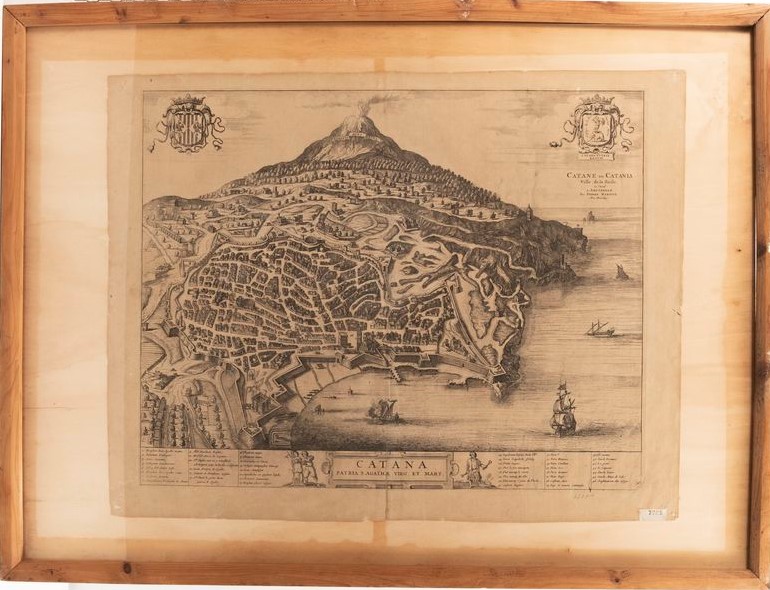

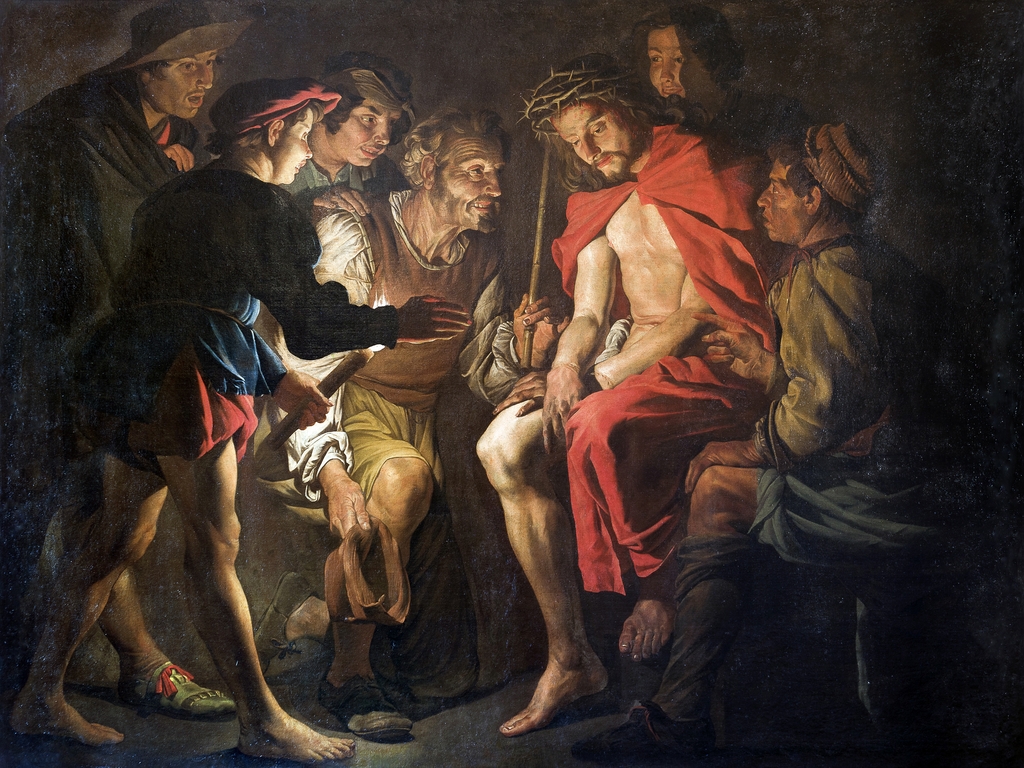

A MUSEUM OF MUSEUMS
The layout of the new museum was entrusted to the architect Giuseppe Pagnano; the preliminary project, presented in July 1989 and expanded in June 1990, focuses on the museological structure desired by Libertini, "the future Civic Museum will take on the structure of a museum of museums that will show, in chronological sequence the private collections established in Catania during the 18th and 19th centuries: Biscari Museum, Benedictine Museum, Zappalà Asmundo Collection, Finocchiaro and Civica Collection, Rapisardi Donation”. (ASCACT, CT15-18, G. Pagnano, page 20)Today the museum can be visited in almost all of its spaces, some artworks can be admired starting from the first entrance hall, the "Sala delle Armi", continuing up an elevator or large stairs access the two upper floors, on the first there is the large art gallery, on the second level, an open space, as well as hosting other museum itineraries, numismatics, drawings and engravings by the architect Sebastiano Ittar, textile machines from a 19th century Catania factory, and more pictorial and sculptural works, a view from above opens up at the end of the room with Etna and the roofs of the city in the background.
On the ground floor it is possible to admire:
Going up to the next floor, you enter the very rich Art gallery of the Castle: the result of purchases, donations and bequests (from the Finocchiaro collection, to the Mirone, Zappalà-Asmundo and Balsamo collections), among the exhibited pieces, the gallery can boast some exceptional masterpieces by De Saliba Novelli, Stomer, Minniti, Sciuti, etc.
The museum is still today a place of renewal and growth, it will open all its storage rooms thanks to a major redevelopment project, 'work in progress'.
Inventory number:
Subject/object:
Author:
Date:
Description:
Material and technique: